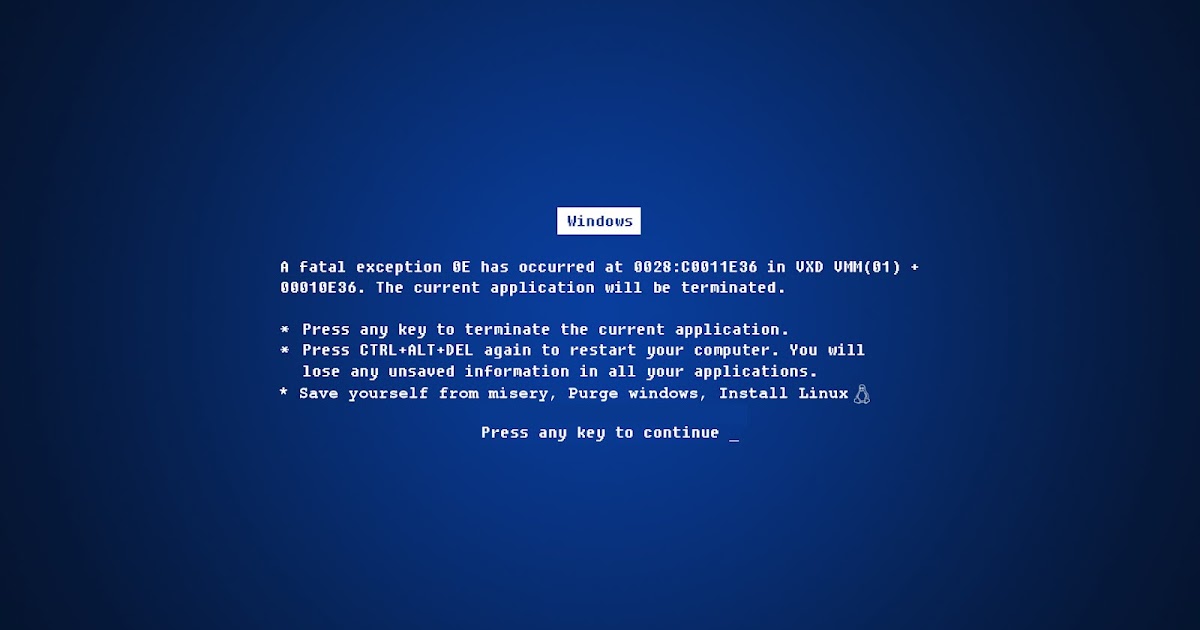

- #Displaylink driver linux mint drivers
- #Displaylink driver linux mint update
- #Displaylink driver linux mint windows
This means that at the driver built into the Linux kernel is happy, healthy, and talking to the device. On these kernel versions, when you plug in your DisplayLink-based USB graphics device, you should get a green screen.
#Displaylink driver linux mint update
For older kernel versions, you’ll need to update udlfb and run a modified fbdev X server (not covered in this post). First, make sure you’re running kernel version 2.6.35 or later (Ubuntu 10.10 or later).

The single-display case is relatively easy to set up, and we’ll cover that here. What is possible, however, is running a single DisplayLink adapter, or several with a Xinerama or multiseat configuration - just as long as you don’t expect to use your main GPU at the same time.
#Displaylink driver linux mint windows
Unfortunately, Linux doesn’t support multiple graphics adapters the way Windows does, which means you can’t just plug in USB graphics adapters and expect them to extend your desktop (the good news is on this support). Although a green screen is the standard indicator of this, other variations have been spotted and are perfectly normal. To do this, run # modprobe udl If your DisplayLink device is connected, it should show some visual indication of this. Load the framebuffer device Before your system will recognize your DisplayLink device, the udl kernel module must be loaded. Configuration These instructions assume that you already have an up and running X server and are simply adding a monitor to your existing setup. If it works then everything below is unnecessary. This is still experimental but supports hotplugging and when works, it is by far the simplest setup. To use the DisplayLink device, connect provider 1 to provider 0: $ xrandr -setprovideroutputsource 1 0 and xrandr will add a DVI output you can. Setting up X Displays After that, run: $ xrandr -listproviders Providers: number: 2 Provider 0: id: 0x49 cap: 0xb, Source Output, Sink Output, Sink Offload crtcs: 2 outputs: 8 associated providers: 0 name:Intel Provider 1: id: 0x13c cap: 0x2, Sink Output crtcs: 1 outputs: 1 associated providers: 0 name:modesetting In the above output, we can see that provider 0 is the system's regular graphics provider (Intel), and provider 1 (modesetting) is the DisplayLink provider. It allows configuring DisplayLink monitors using in the same manner as the udl driver. USB 3.0 DL-6xxx, DL-5xxx, DL-41xx, DL-3xxx Devices If you're using an earlier version of that package or have CONFIG_FB_UDL=m set in your kernel config, you need to the old kernel module, udlfb, which may attempt to load itself first. This should work without any configuration changes on 4.14.9-1 and later. It allows configuring DisplayLink monitors using.

#Displaylink driver linux mint drivers
Your co-workers on Vista should make sure they are using the latest DisplayLink drivers as there have been substantial performance improvements since the.


 0 kommentar(er)
0 kommentar(er)
